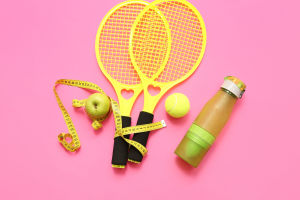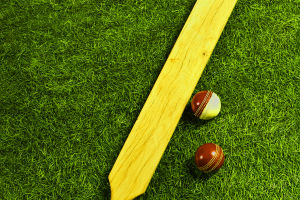The construction of a volleyball plays a crucial role in the sport's performance and overall appeal.
One of the most distinct features of a volleyball is its surface, composed of multiple panels of leather or synthetic material.
A common question among enthusiasts is how many pieces of leather make up the surface of a standard volleyball.
A regulation volleyball typically consists of 18 panels of leather or synthetic material. These panels are arranged in six sections, with each section containing three rectangular panels.
The design results in a perfectly spherical ball, ensuring consistency in shape and performance during game-play. The 18-panel configuration is not random but rather a well-engineered choice based on years of testing and refinement. The number of panels influences the ball's aerodynamics, grip, and durability. The seams created by the panels offer players a better grip, allowing for more precise handling during serves, passes, and spikes.
The seams also contribute to the ball's aerodynamic properties by slightly disrupting airflow and providing a stable flight path. This is particularly important in high-level matches, where precision and control are critical.
The panels are usually made of leather or synthetic leather. Genuine leather provides a soft, natural feel, making it a favorite for indoor professional games. However, synthetic leather is often used for its durability and water-resistant properties, especially in outdoor or recreational settings.
These materials are stitched or thermally bonded onto a rubber or latex bladder that holds the air, giving the volleyball its characteristic bounce and responsiveness.
While the 18-panel design is standard for indoor volleyballs, variations exist. For example, beach volleyballs often feature fewer panels, typically 12, to improve water resistance and withstand outdoor conditions. Fewer panels also mean fewer seams, which reduces the risk of water seeping into the ball during beach games.
The choice of 18 panels strikes a balance between functionality and practicality. Fewer panels might compromise the ball's aerodynamics, while more panels could complicate manufacturing without adding significant benefits. The design has become the standard for professional volleyball, aligning with guidelines set by governing bodies such as the Fédération Internationale de Volleyball (FIVB).
The stitching or bonding of the panels also affects the ball's performance. Hand-stitched balls are often used in professional settings, offering durability and precision. On the other hand, machine-stitched or thermally bonded balls are commonly used for recreational purposes due to their lower cost and adequate performance.
The evolution of the volleyball's design reflects advancements in sports technology and a deep understanding of player needs.
Over the years, manufacturers have fine-tuned the materials, panel arrangements, and construction techniques to create a ball that delivers optimal performance.
The surface of a standard volleyball consists of 18 panels of leather or synthetic material, carefully designed to enhance grip, control, and flight stability.
This design is a result of extensive research and innovation, ensuring the ball meets the demands of players at all levels. Whether used in a professional match or a casual game, the volleyball's structure is a testament to the precision and craftsmanship involved in its creation!
6 WAYS TO PRACTICE VOLLEYBALL AT HOME
Video by Victoria Garrick Browne


